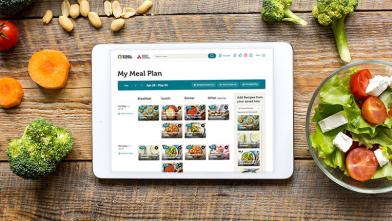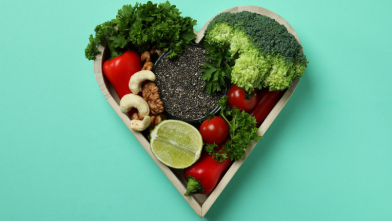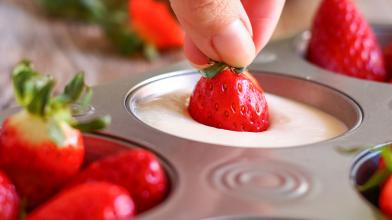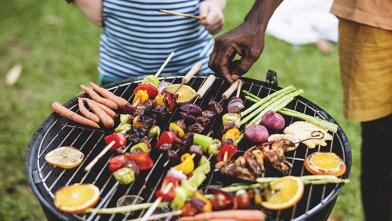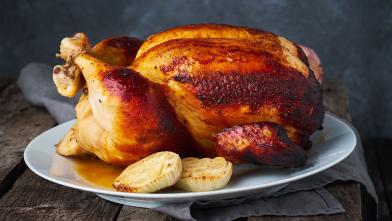Have you just been diagnosed with type 2 diabetes and don't know where to start on your healthy eating journey? We are here to help you discover delicious and nutritious choices that will support your diabetes management!
How Food Impacts Diabetes Management
Choosing quality, healthy foods is one of the strategies for diabetes management because food has a direct impact on your blood glucose (blood sugar). That’s why making informed decisions about your food choices and portion size can make a difference.
Keep these suggestions in mind as you make your food choices:
- Eat a variety of foods, including non-starchy vegetables, lean protein or plant- based substitutes, whole grains, fruits, low-fat dairy foods, and healthy fats
- Try to include foods that are higher in fiber (5 or more grams per serving)
- Space your meals evenly throughout the day
- Include foods that you enjoy eating
Using the Diabetes Plate
Another great tip is to use the Diabetes Plate. To get started, grab a nine-inch plate. Fill half with non-starchy vegetables (like bell peppers, cauliflower, or green beans), one-quarter with quality carbohydrates (like starchy vegetables, fruit, low-fat dairy, or whole grains), and one-quarter with lean protein (like chicken or turkey without the skin).
The Diabetes Plate can even help you make diabetes-friendly versions of your favorite meals—just follow the format of the sections of the plate.
Healthy Eating Tips
As you focus more time on what and how you eat, it’s great to explore and experiment with new ingredients, cuisine types, or preparation methods (e.g., baking instead of frying).
Give these healthy eating tips a try the next time you cook. You’ll add variety to your meal plan and might even find your new favorite dish!
Tips:
- We have lots of delicious diabetes-friendly recipes on Diabetes Food Hub. Mark your calendar to try one or two new recipes a week and before you know it, you will have a month’s worth of favorite meals at your fingertips. Try these recipes that put a new spin on classic produce:
- Select spices and herbs to season your food instead of adding more salt or fat. Or you can make your own herb and spice blend to season vegetables, meats, soups, and stews.
- If you want to boost your cooking skills, join us for our free online cooking classes which feature a new Diabetes Food Hub recipe. You can cook while you watch and ask questions of our nutrition experts and the chef.
- Please know that there is not just one healthy eating plan that works for everyone. There are seven eating plans for you to choose from. All the plans should follow the Diabetes Plate, but there are many changes you can make to fit your taste, lifestyle, and health conditions. Before changing your eating plan completely, talk to your registered dietitian nutritionist or health care provider to be sure you’re making the best choice for you.
- Additional resources:
- Tips for smart shopping on a budget
- How to read food labels
- Creating your plate
- How to eat more veggies per meal







